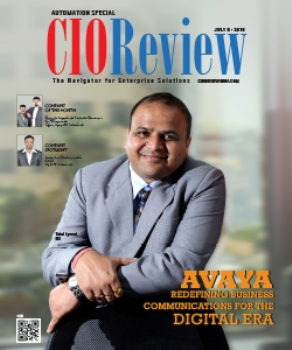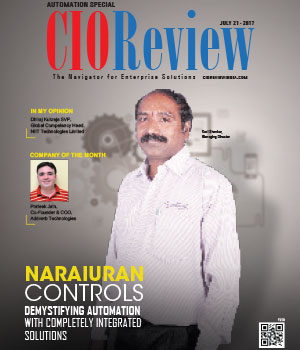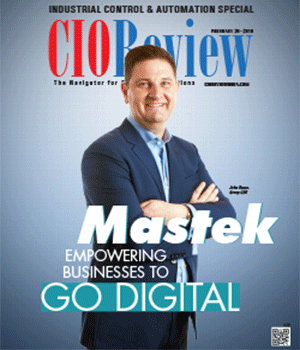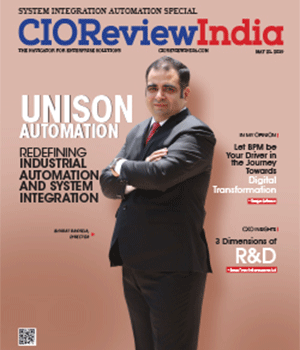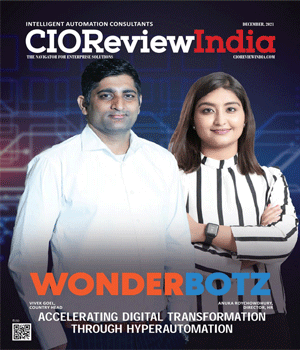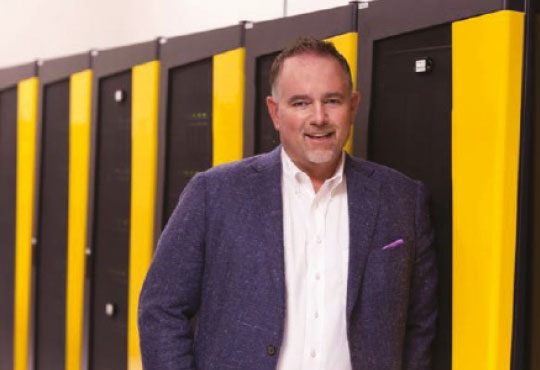
The Transformational CIO
Joel Austin, CIO, Oncor Electric Delivery | Wednesday, 23 August 2017, 12:10 IST
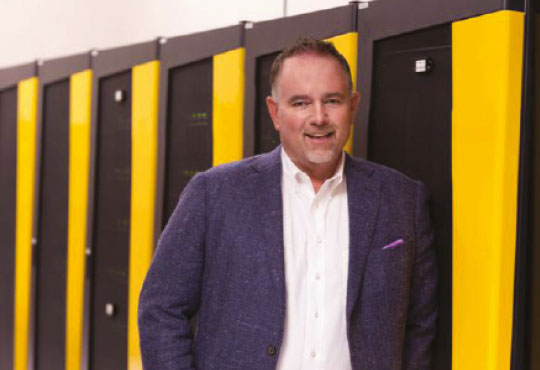 The role of the traditional Chief Information Officer (CIO) is in decline.
The role of the traditional Chief Information Officer (CIO) is in decline.
Finite resources, new technologies, emerging threats, shifting business priorities, and evolving market dynamics are all colliding to redefine success. In addition, the business and brand costs of high-profile IT outages means that CIO’s can no longer afford to play a traditional role. Thriving companies require transformational CIOs to take a leadership role in aligning business priorities and new technologies to deliver superior products and services for customers and maximize yield for investors.
"Thriving companies require transformational CIOs to take a leadership role in aligning business priorities and new technologies to deliver superior products and services for customers and maximize yield for investors"
Historically, a traditional organizational view of a CIO was technology - centric - valued primarily for leveraging what few others in the company understood: information management, leading IT systems procurement, and attempting to control annual IT cost inflation.
As more organizations recognize the strategic value that technology and data play in achieving current business objectives and helping identifying new, untapped future revenue streams, the organizational perspective of the CIO role has begun to shift.
I firmly believe that today’s successful CIO is a business leader first, who also just happens to have responsibility for technology. It means transforming the traditional role of the CIO to a modern, business-centric leader, who leads change, manages corporate risk, and maximizes shareholder value in an increasingly digital, information - driven economy.
At Oncor, the largest electric utility in Texas, I am constantly reminded that the days of the traditional utility are also over. I am also constantly reminded that we are as much a data company as we are an electric provider. With the demands placed on our technology platforms, cyber-security alone is enough to keep the IT function busy. However, that’s only the beginning of what Oncor IT is tasked with on a daily basis.
We’re hardly the exception when we’re asked to develop technology-empowered business strategies, information intelligence, platforms that enable new value chains and integrated ecosystems, harnessing artificial intelligence, driving business transformation and margin growth by leveraging big data to enhance operational performance to name just a few.
I want to provide three, hard-learned takeaways from my time as CIO of Oncor:
1. Understand that IT Makes Headlines
Data breaches and major system downtime events no longer just lead to lost revenues, they also can shake customer confidence and have a material impact on your company’s social license to operate. From Main Street to Wall Street,today data breaches, system disruptions and ransomware attacks go from the board room to the newsroom faster than companies are prepared to handle.
2. Get a Seat at the Table
As automation and artificial intelligence continue to take on larger and more active roles in the IT portfolio, the importance of CIO’s being in the boardroom has never been more timely or important. According to a study released by the BT Group in 2016, “The Digital CIO,” 72 percent of senior IT decision makers report that in the past two years, not only are they allotted greater access, but they have become more central in the boardroom.
Unless the CIO plays an active advisory role in the boardroom - with an equitable seat at the table next to finance, operations, and human resources - firms will have a difficult time achieving their business objectives, and sustaining success. The boardroom is where risk is articulated and managed, and capital expenditures are set and approved. However, it is the presence of the CIO that helps board members understand technology’s role in enterprise risk, and the real return on IT capital investment.
3. Move beyond the "IT vs. The Business" Model
Be an equal partner in your business. Your team is comprised of business people who happen to be technologists. As technology plays a vital role in most business strategies of the day, you are not a commodity - don’t behave as if you are.
Measure IT performance along business outcomes. While network latency and server availability are important indicators of infrastructure performance, the truly important metric is how we satisfied our customers by delivering our product or service using these IT platforms. Measure customer satisfaction and build knowledge and awareness within your teams to show how their work directly influences customer trust.
You can also be an equal partner by encouraging great peripheral vision in your teams. Building cross-functional knowledge and customer empathy into your personnel improves their decision-making.
A Final Thought
The bottom line is that reports won’t show you the strengths and weaknesses of the people on your team. By staying present, frequently communicating business priorities and encouraging your teams to collaborate whenever and however possible, a transformational CIO can maximize their investment in people and focus their efforts on results.
Regardless of industry, sector or area of responsibility, leadership transformation is no easy task. I believe there has never been a better time to serve as CIO. The long-term challenges facing the global economy will require a comprehensive digital information solution - along with leaders who are well versed in delivering transformative results.
If you are stuck with the traditional view of a CIO, take the first step towards transforming your organization and others will follow. Your customers, and your organizations themselves, are counting on you.
CIO Viewpoint
By Steve Brunker, CIO, LSI Industries
By Joel Austin, CIO, Oncor Electric Delivery
How Is IoT Emerging as Next Technology Mega...
By Prashanta Ghoshal, Director - IT Solutions, Geometric Ltd.
CXO Insights
Addressing the Challenges in Logistics Automation
By Janifha Evangeline
Digitalization - the critical enabler for...
By Rajesh Ramachandran, Global Chief Digital Officer - Process Automation & ABB Ability, ABB
Enterprise-wide Approach Needed for...


